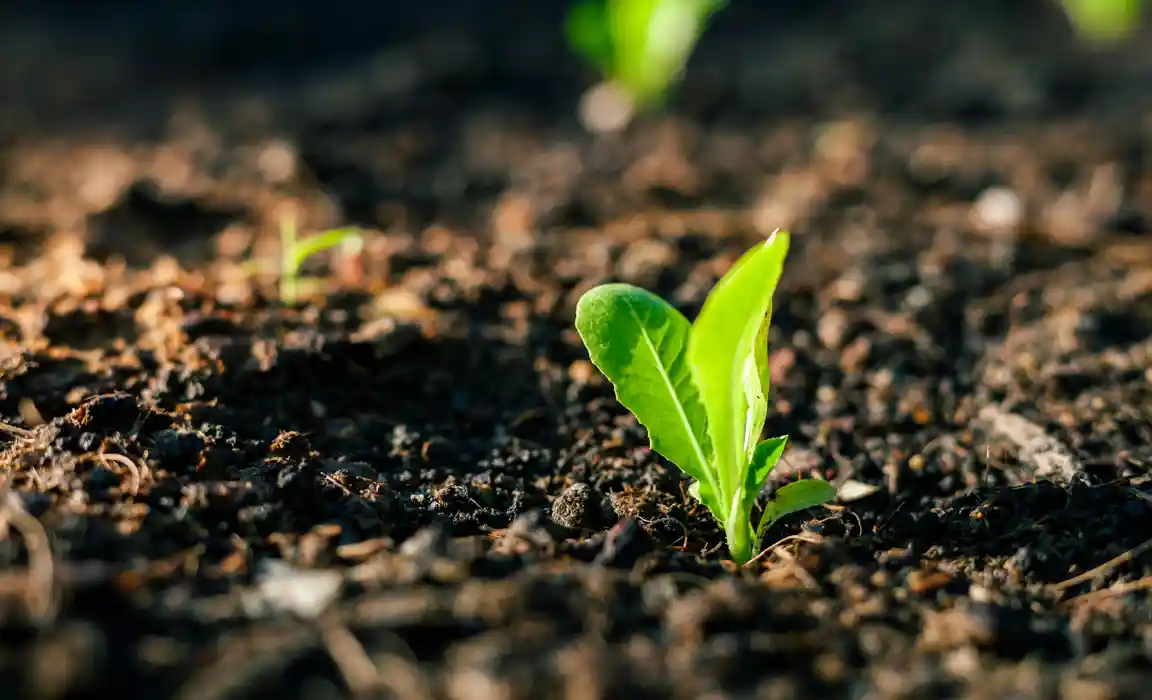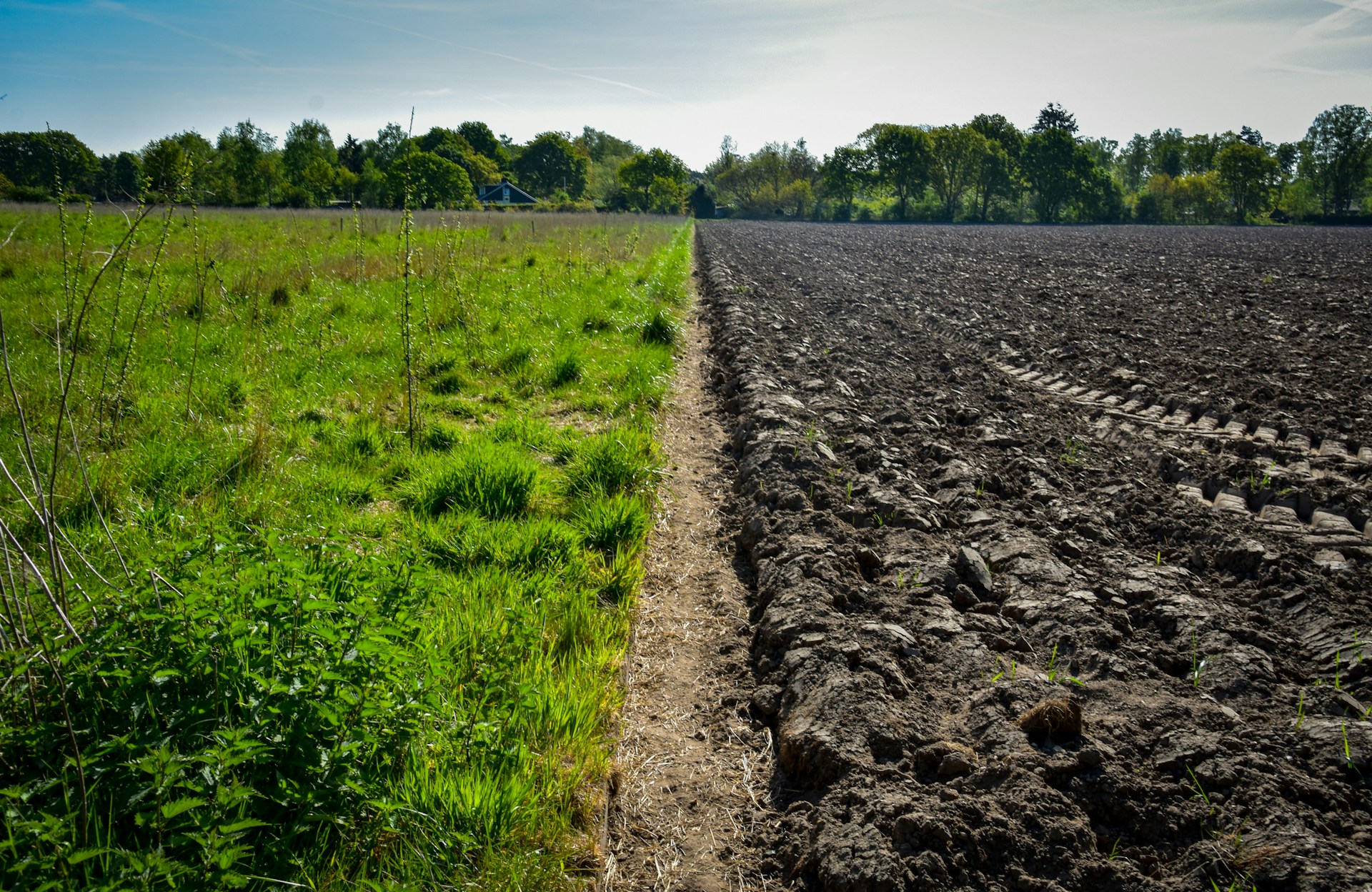As spring arrives, excitement fills the air on organic farms and gardens. The vision of vibrant, healthy crops and bountiful yields inspires us all. However, the foundation of a successful harvest lies below the surface—in the health of your organic soil. Healthy soil not only fuels robust plant growth but also helps in pest management, enhances flavors, and contributes to a resilient ecosystem. Ready to set the stage for your best growing season yet? Let’s explore effective strategies for spring soil preparation, ensuring your plants get the nutrients they need.
Assessing Your Soil: The Key to Organic Farming Success
Understanding your soil is essential to achieving optimal health for your organic farm.
- Conduct a Visual Inspection: Look closely at your soil. Is it sandy, silty, or clay-heavy? Rich, dark soil is indicative of high organic matter, while weeds and signs of erosion can indicate trouble.
- Perform a Squeeze Test: Take a handful of moist soil and squeeze it. If it forms a ball that breaks apart easily, you have good texture. If it’s sandy and falls apart quickly, or if it sticks together in a dense ball, your soil composition needs further evaluation.
- Test for Drainage: Dig a hole about a foot deep, fill it with water, and see how quickly it drains. Proper drainage is crucial to minimizing issues like root rot.
- Soil Testing: The Organic Report Card: A complete soil test provides vital information about nutrient content, pH levels, and organic matter. Knowing your soil’s profile helps you make informed decisions about amendments. Aim to test your soil every 1-3 years.
Supercharge Your Soil with Organic Amendments
Organic soil amendments are crucial for improving structure, drumming in nutrients, and supporting biological activity.
- Compost: Your Organic Champion: Compost is the ultimate soil builder, brimming with nutrients and beneficial microorganisms. It enhances water retention and improves soil structure.
- Pro Tip: Use a mix of diverse compost materials like kitchen scraps, leaf mold, and manure to maximize benefits.
- Well-Rotted Manure: Nutrient Powerhouse: Aged animal manure is packed with nitrogen, phosphorus, and potassium, vital for plant growth. Ensure the manure is well-composted to avoid burning your plants.
- Pro Tip: Stick to dark, crumbly, and odor-free manure for the best results.
- Green Manures/Cover Crops: Planting cover crops like clover or vetch during the off-season can help fix nitrogen in the soil. When tilled back into the soil, they provide a wealth of nutrients as well.
- Biochar: Biochar improves soil structure, nutrient retention, and carbon sequestration. Inoculated biochar, enriched with beneficial microorganisms, accelerates nutrient availability.
- Pro Tip: Incorporate biochar before planting for optimal results.
Tillage vs. No-Till: Choosing the Best Method
The way you prepare your soil has significant long-term implications for its health and sustainability.
- Tilling for a Fresh Start: If your soil is compacted or plagued with weeds, tilling may be necessary. However, be mindful that excessive tilling can disrupt soil structure and harm beneficial organisms.
- Pro Tip: Only till when the soil is slightly moist to avoid further compaction.
- No-Till: A Sustainable Approach: No-till farming minimizes soil disturbance by layering compost and organic matter on the surface. This method helps protect the soil structure and promotes a thriving ecosystem.
- Pro Tip: Interplanting diverse crops while practicing no-till can create a more balanced soil environment.
Fertilizing Organically: Nurturing Your Crops
Maintaining the right nutrient balance is essential for the healthy growth of your organic crops. Use your soil test results to guide your fertilization methods.
- Organic Fertilizers: Choose organic fertilizers such as bone meal, fish emulsion, and kelp meal for a slow-release source of nutrients.
- Mulching: Applying organic mulch like straw or wood chips helps suppress weeds, retains moisture, and enriches the soil as it decomposes.
- Foliar Feeding: Consider foliar feeding with compost tea or liquid organic nutrients to provide a quick nutrient boost to your plants.
Sustaining Your Soil Health: A Year-Round Commitment
Healthy soil is a continuous journey. Here’s how to maintain and enhance soil health throughout the year:
- Continuous Composting: Regularly incorporate compost into your soil post-harvest to replenish nutrients.
- Crop Rotation: Rotate your crops each season to prevent nutrient depletion and reduce pest and disease pressures.
- Covering the Soil: Use cover crops or organic mulch between harvests to protect your soil from erosion and enhance organic matter.
- Monitor for Moisture and pH Levels: Regularly check soil moisture and adjust as necessary. Stay mindful of pH levels and tackle imbalances with organic amendments like lime or sulfur.
Your Spring Soil Preparation Checklist
- Assess Your Soil: Conduct visual and squeeze tests. Order a soil test from an accredited lab.
- Amend Based on Test Results: Incorporate compost, manure, and other organic materials.
- Choose Your Tillage Method: Decide between tilling and no-till to best suit your conditions.
- Plant Cover Crops: Prepare for future seasons by planting cover crops on fallow land.
- Select Organic Fertilizers: Choose organic fertilizers to complement your crops’ needs.
By focusing on organic soil preparation, you’ll pave the way for healthier plants, reduced pest pressures, and a successful growing season ahead. With the right practices in place, you’re not just nurturing your plants; you’re cultivating a sustainable future for your organic farm.
Explore More: For additional resources, check out our custom blending service that inoculates biochar with your choice of microbes, nutrients, and conditioners to meet your specific needs.
Happy growing, organic farmers!





